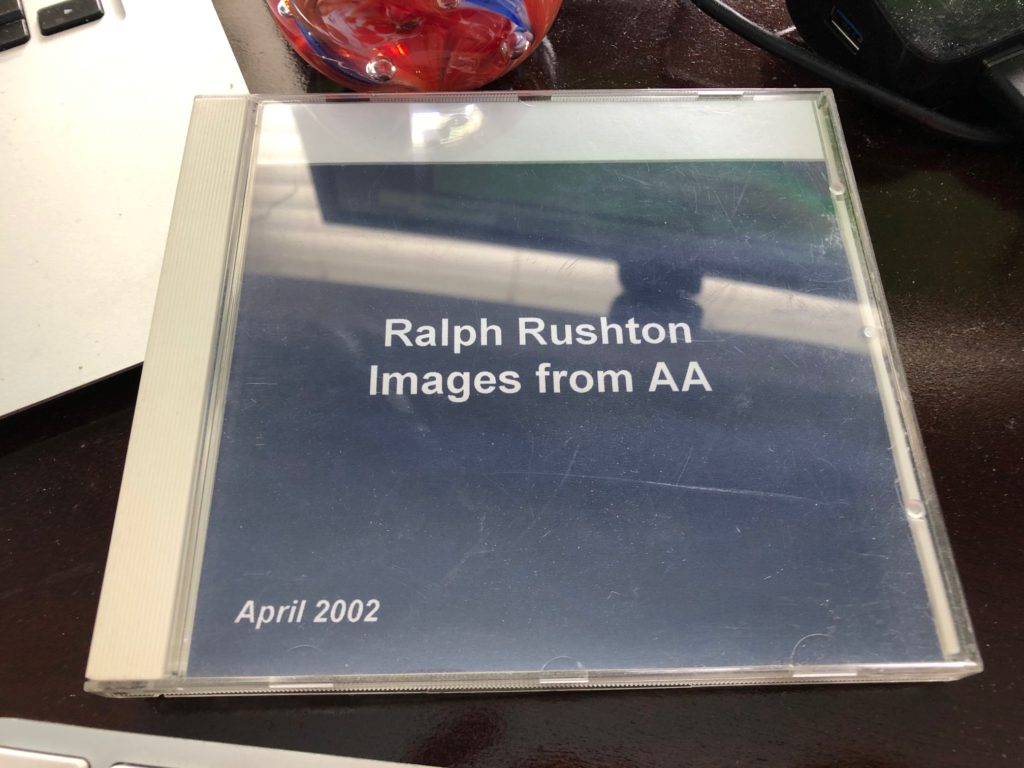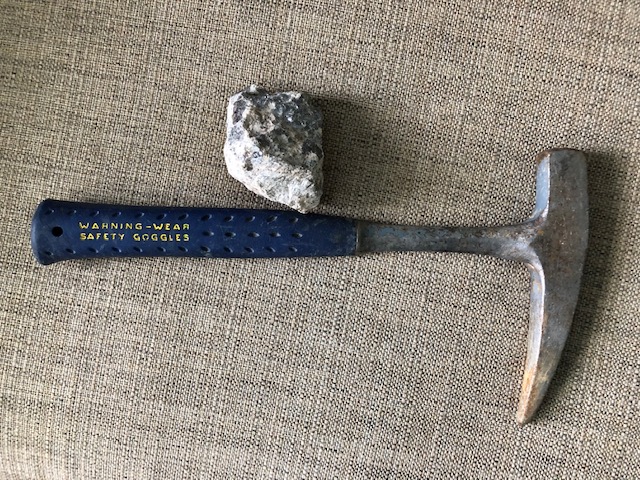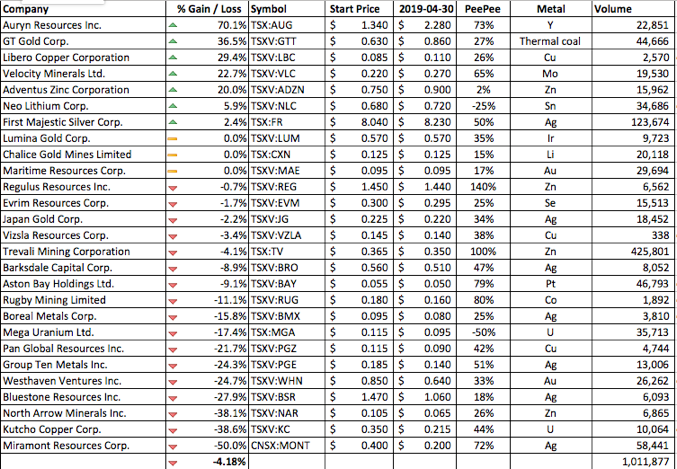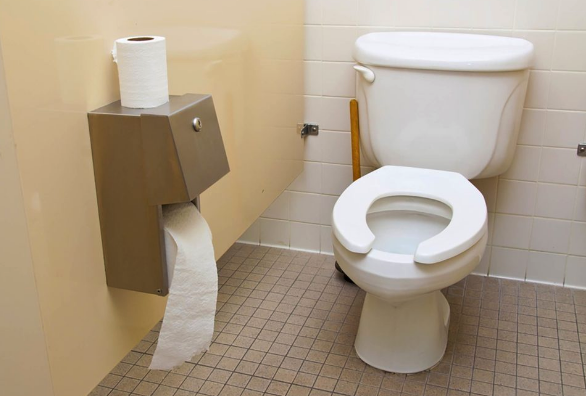Geology students are trained to identify the commonest rock- and ore-forming minerals. It’s a vital skill for professional geologist. Sulphides, silicates, oxides, phosphates; we slog through dozens of them in our petrology labs, learning to identify the important ones using properties like colour, hardness, lustre (the way it shines or doesn’t), cleavage (how they split), density and such. As a kid, I loved this aspect of geology and by my early teens I could already identify the most common economic minerals such as galena (lead), sphalerite (zinc), chalcopyrite (copper), hematite (iron) and the flashier oxides and carbonates like malachite, rhodocrosite and azurite.
I Was Conned
But lately I’ve had this nagging feeling that I was conned at University in my undergraduate days. I missed out on an entire earth-science discipline, and I’m still stewing over it. I touched on this feeling of disquiet in an earlier post (Crystal Power).
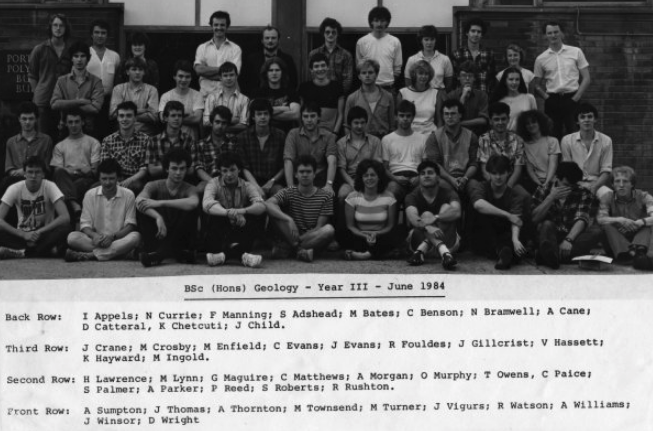
In a futile attempt to scratch the itch, I decided to take a deeper look at the mineral properties we should’ve been learning about; the ones that haven’t made the mainstream textbooks yet. More’s the pity because I think these could be far more diagnostic and helpful to field geologists, particularly geologists with inter-dimensional Kundalini issues or Chakratic aura problems.
Continue reading “A Guide to Common Ore Minerals”



